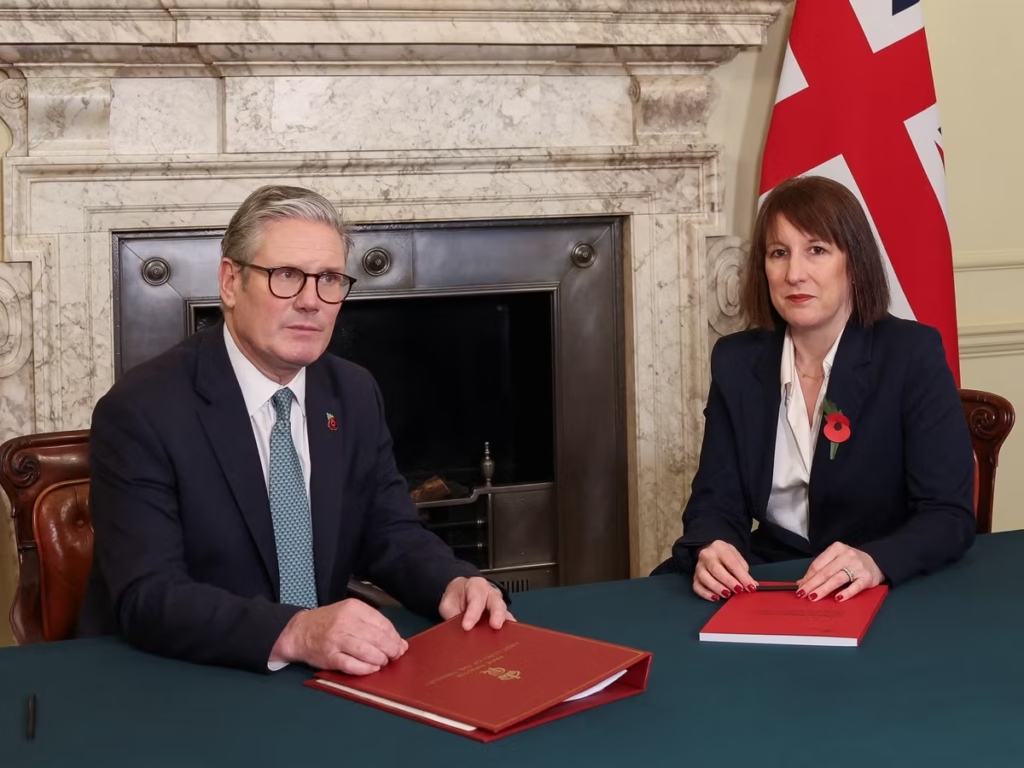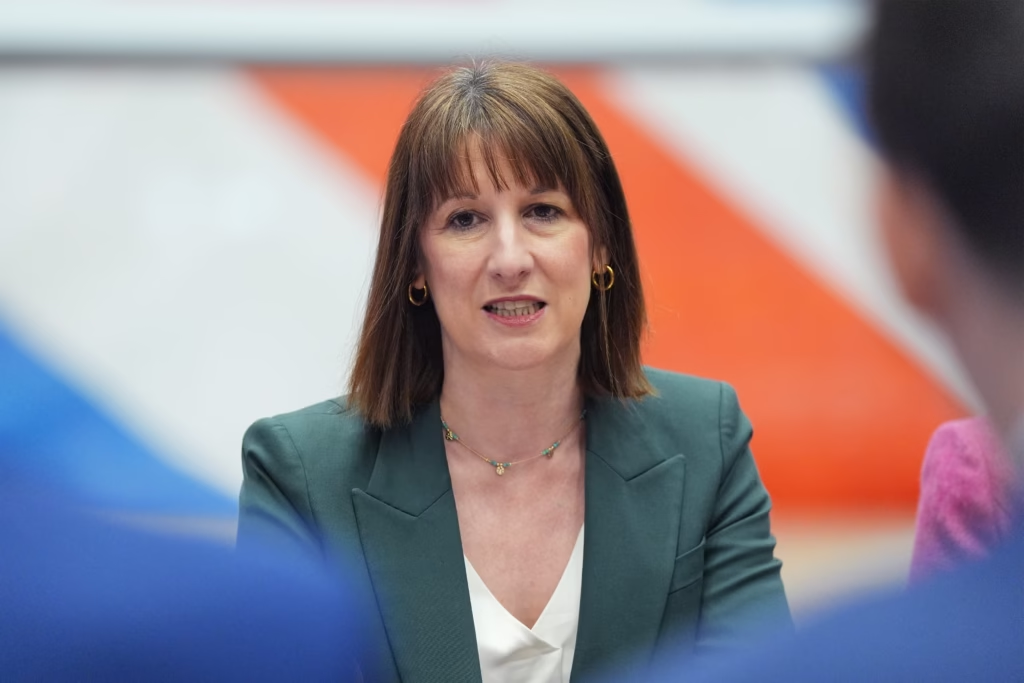Chancellor Rachel Reeves has announced a sweeping plan to cut at least 10,000 civil service jobs as part of a broader effort to rein in government spending and improve the UK’s fiscal health. The move, revealed ahead of the upcoming Spring Statement, is expected to help reduce the cost of government administration by 15% by 2030, with a targeted saving of £2 billion annually.
The reductions will focus on back-office operations—roles including human resources, procurement, communications, and office management—rather than frontline public service positions.
“This is about making government leaner, more efficient, and responsive to the challenges of a modern economy,” Reeves said.
A Return to Pre-Pandemic Staffing Levels
The civil service has seen rapid expansion since 2016, growing by approximately 130,000 people. According to the latest data from the Office for National Statistics (ONS), there are currently more than 514,000 full-time equivalent civil servants employed across the UK.
Reeves emphasized that the planned cuts are not arbitrary but aim to return the civil service to pre-pandemic levels. The government claims that this will enable a shift of resources to frontline services such as the NHS, schools, and policing.
“This isn’t about slashing public services,” Reeves explained. “It’s about ensuring that taxpayers’ money is directed where it can make the most impact.”
Technology and AI to Replace Some Roles

The Treasury plans to leverage advances in artificial intelligence (AI) and automation to support its efficiency drive. For example, the HM Revenue & Customs (HMRC) is already deploying AI tools to detect tax fraud more effectively.
Reeves hinted that similar technologies could be scaled across government departments to reduce reliance on human labour in administrative tasks.
“Technology should free up civil servants to do more meaningful work, not duplicate what machines can do better,” she said.
This approach is expected to reshape how government departments operate, with digital solutions replacing some traditional roles.
Union Pushback and Public Concerns
Despite the government’s assurances, the announcement has drawn sharp criticism from public sector unions.
Fran Heathcote, General Secretary of the Public and Commercial Services (PCS) union, warned that the proposed cuts could adversely affect vital services. She said longer delays in processing taxes, asylum applications, and legal cases are a likely outcome if staff numbers are slashed too aggressively.
“You can’t cut this many jobs without hitting the public where it hurts. These are the people who keep our country running,” Heathcote told The Guardian.
The PCS is reportedly consulting its members on how to respond, hinting at possible industrial action if no dialogue is initiated by the government.
Part of a Larger Cost-Cutting Strategy
The civil service cuts are a key component of a broader initiative to save £10 billion in public spending. Reeves is expected to outline further details in her Spring Statement, due next week.
Analysts say the strategy is an attempt to boost investor confidence, especially as global economic instability threatens to derail recovery efforts.“Markets want to see discipline, and this is a signal that the government is serious about delivering it,” said one senior economist.
Reeves has reaffirmed her commitment to fiscal rules, including keeping national debt on a downward path and maintaining a balanced budget over the medium term.
Reallocating Resources to Frontline Services
The Chancellor emphasized that the money saved from back-office cuts will not disappear into the ether. Instead, it will be reallocated to sectors under increasing strain, particularly health and education.
According to the Department for Education, schools continue to face challenges related to funding and recruitment. The NHS, meanwhile, is grappling with record waiting lists and staff shortages, as reported by NHS England.
By targeting civil service inefficiencies, Reeves believes the government can better fund these core services.
What Happens Next

While the Treasury has not yet released a full list of affected departments or a detailed timeline, initial 10% cuts are planned by 2028, followed by further reductions by 2030.
Departments will be required to submit revised staffing plans in the coming months. The Cabinet Office is expected to coordinate the reforms, ensuring that service quality is not compromised.
In parallel, the government will launch a consultation to explore how emerging technologies can be adopted more widely across the public sector.
For more information on government careers and staffing policies, visit the UK Civil Service website.
Conclusion
Rachel Reeves’ decision to slash 10,000 civil service roles marks a pivotal moment in the UK’s post-pandemic recovery strategy. While the move could significantly reduce administrative spending and streamline government functions, it has also sparked serious concerns about the long-term impact on public services.
With unions preparing for pushback and further announcements expected in the Spring Statement, the coming weeks will be crucial in shaping how this controversial plan unfolds.

Vikas is a seasoned finance writer with a keen eye for unraveling complex global financial systems. From government benefits to energy rebates and recruitment trends, he empowers readers with actionable insights and clarity. When he’s not crafting impactful articles, you can find him sharing her expertise on Social Media. You can connect with him via email at [email protected].









